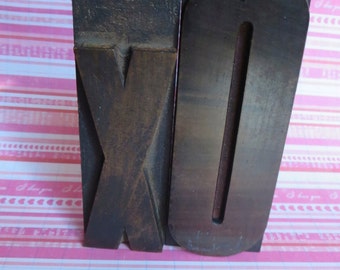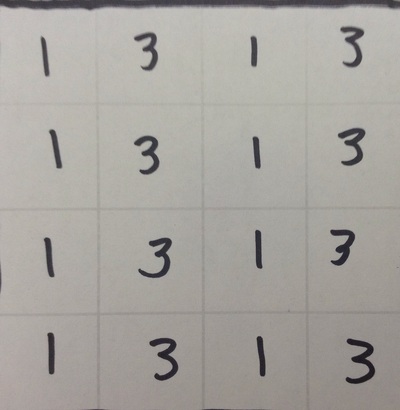
The vertical lines are cut first, then the block is rotated 90 degrees and the horizontal lines cut. While carving, the knife is held like a dagger in the right hand and guided by the middle finger of the left hand, drawing towards the cutter. The engraver uses a set of sharp-edged tools to cut away the uninked areas of the wood block in essence raising an inverse image of the original calligraphy above the background.

The back of the paper is rubbed with a flat palm-fibre brush so that the wet rice paste absorbs some of the ink and an impression of the inked area is left on the block. The paper is placed ink side down onto a wooden block on which a thin layer of rice paste has been thinly spread. The wax prevents the ink from being as readily absorbed into the paper, allowing more ink to be absorbed onto another surface.
#Wood block printpress letters professional
The manuscript is transcribed onto thin slightly waxed sheets of paper by a professional calligrapher. The document is estimated to have been created no later than 704 AD. A copy of the Buddhist Dharani Sutra called the Pure Light Dharani Sutra ( Korean: 무구정광대다라니경 Hanja: 無垢淨光大陀羅尼經 RR: Mugu jeonggwang dae darani-gyeong), discovered in Gyeongju, South Korea in a Silla dynasty pagoda that was repaired in 751 CE, was undated but must have been created sometime before the reconstruction of the Shakyamuni Pagoda of Bulguk Temple, Kyongju Province in 751 CE.

In Korea, an example of woodblock printing from the eighth century was discovered in 1966. Another printed document dating to the early half of the Chinese Tang dynasty has also been found, the Saddharmapunṇḍarīka sutra or Lotus Sutra printed from 690 to 699. It is a dharani sutra printed on hemp paper and dated to 650 to 670 CE, during the Tang dynasty (618–907). The earliest specimen of woodblock printing on paper, whereby individual sheets of paper were pressed into wooden blocks with the text and illustrations carved into them, was discovered in 1974 in an excavation of Xi'an (then called Chang'an, the capital of Tang China), Shaanxi, China. Wooden printing was used in the East from the 8th century onwards, and moveable metal type came into use during the 12th century. With moveable type, the board is assembled using different lettertypes, according to the page being printed.

In the woodblock technique, ink is applied to letters carved upon a wooden board, which is then pressed onto paper. Traditionally, there have been two main printing techniques in East Asia: woodblock printing ( xylography) and moveable type printing. Woodblock printing started in China in 593 CE. Centuries later, mechanical printing presses combining some European influences were adopted, but then replaced with newer laser printing systems designed in the 20th and 21st centuries.Ĭolophon to the Diamond Sutra dating the year of printing to 868 The European-style printing press became known in East Asia by the 16th century but was not adopted. A further discovery was made in 2009, and here the types were dated to the year 1377.įrom the 17th century to the 19th century in Japan, woodblock prints called ukiyo-e were mass-produced, which influenced European Japonisme and the Impressionists. In Korea the first movable types date from 1239/1240. The use of metal movable type was known in Korea by the 13th century during the Goryeo period.

As recorded in 1088 by Shen Kuo in his Dream Pool Essays, the Chinese artisan Bi Sheng invented an early form of movable type using clay and wood pieces arranged and organized for written Chinese characters. The use of woodblock printing spread throughout Asia, and the idea of printing perhaps spread to Europe, where German publisher and inventor Johannes Gutenberg improved on the design with the introduction of the mechanical press in the mid-15th century. A specific type of printing called mechanical woodblock printing on paper started in China during the Tang dynasty before the 8th century CE. Printing is considered one of the Four Great Inventions of China that spread throughout the world. Printing in East Asia originated from the Han dynasty (220 BCE – 206 CE) in China, evolving from ink rubbings made on paper or cloth from texts on stone tables used during the Han. Literary collection of Han Yu, printed late 13th century by Liao Yingzhong


 0 kommentar(er)
0 kommentar(er)
